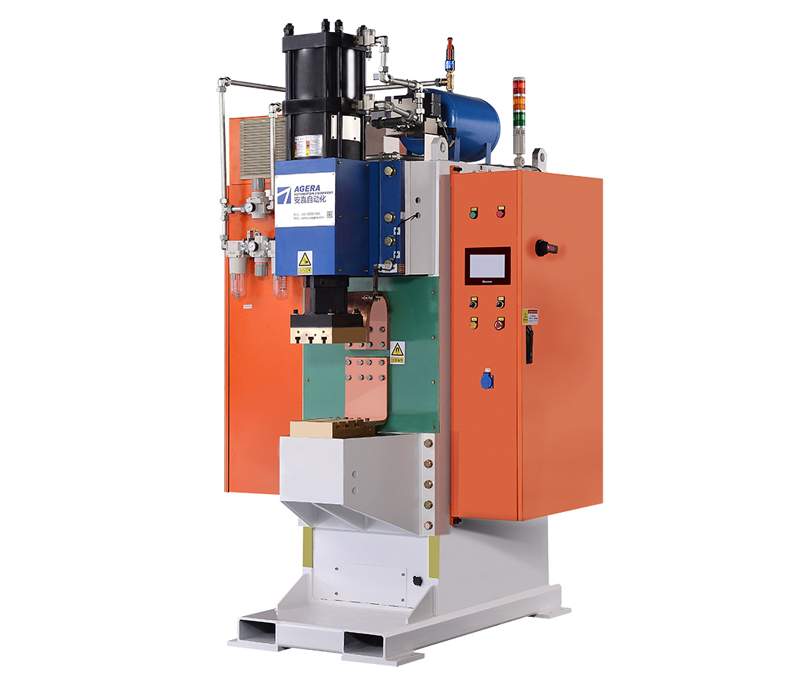Shunting, also known as current diversion, is a common challenge in capacitor discharge welding machines that can negatively impact welding quality. In this article, we will delve into strategies to effectively minimize shunting and ensure optimal welding results.
Shunting in Capacitor Discharge Welding: Shunting occurs when the electrical current takes an unintended path, bypassing the intended weld area. This can lead to uneven heating, poor fusion, and weakened weld joints. Addressing shunting is crucial to achieving consistent and high-quality welds.
Methods to Minimize Shunting:
- Proper Electrode Placement: Ensuring accurate alignment and contact between the electrodes and the workpieces is essential. Poor electrode positioning can create gaps that allow the current to divert, leading to shunting.
- Optimized Electrode Geometry: Design electrodes with appropriate shapes and sizes to match the workpiece dimensions. Properly designed electrodes provide uniform current distribution, reducing the likelihood of shunting.
- Workpiece Preparation: Thoroughly clean and prepare the workpiece surfaces before welding. Any contaminants or irregularities can disrupt current flow and cause shunting.
- Material Compatibility: Use electrodes and workpieces with compatible material properties. Mismatched materials can result in inconsistent current flow, leading to shunting.
- Controlled Welding Parameters: Maintain precise control over welding parameters such as current, voltage, and time. Proper parameter settings ensure optimal energy delivery to the weld area, minimizing shunting.
- High-Quality Electrodes: Employ high-quality electrodes with good conductivity and wear resistance. Damaged or worn electrodes can introduce inconsistencies in current distribution.
- Minimized Electrode Force Variations: Keep electrode forces consistent throughout the welding process. Fluctuations in force can lead to uneven contact, promoting shunting.
- Reduced Surface Imperfections: Ensure workpiece surfaces are smooth and free of imperfections. Rough surfaces can disrupt current flow and encourage shunting.
- Effective Cooling Systems: Implement efficient cooling systems to maintain consistent electrode and workpiece temperatures. Overheating can disrupt current flow and induce shunting.
- Regular Maintenance: Periodically inspect and maintain the welding machine, including its components and connections. Loose or damaged parts can contribute to shunting.
Minimizing shunting in capacitor discharge welding machines is crucial for producing high-quality welds. By adopting proper electrode placement, optimizing electrode geometry, ensuring workpiece preparation, controlling welding parameters, and following other key strategies, manufacturers can effectively reduce shunting and achieve consistent, reliable, and strong welds.
Post time: Aug-14-2023



